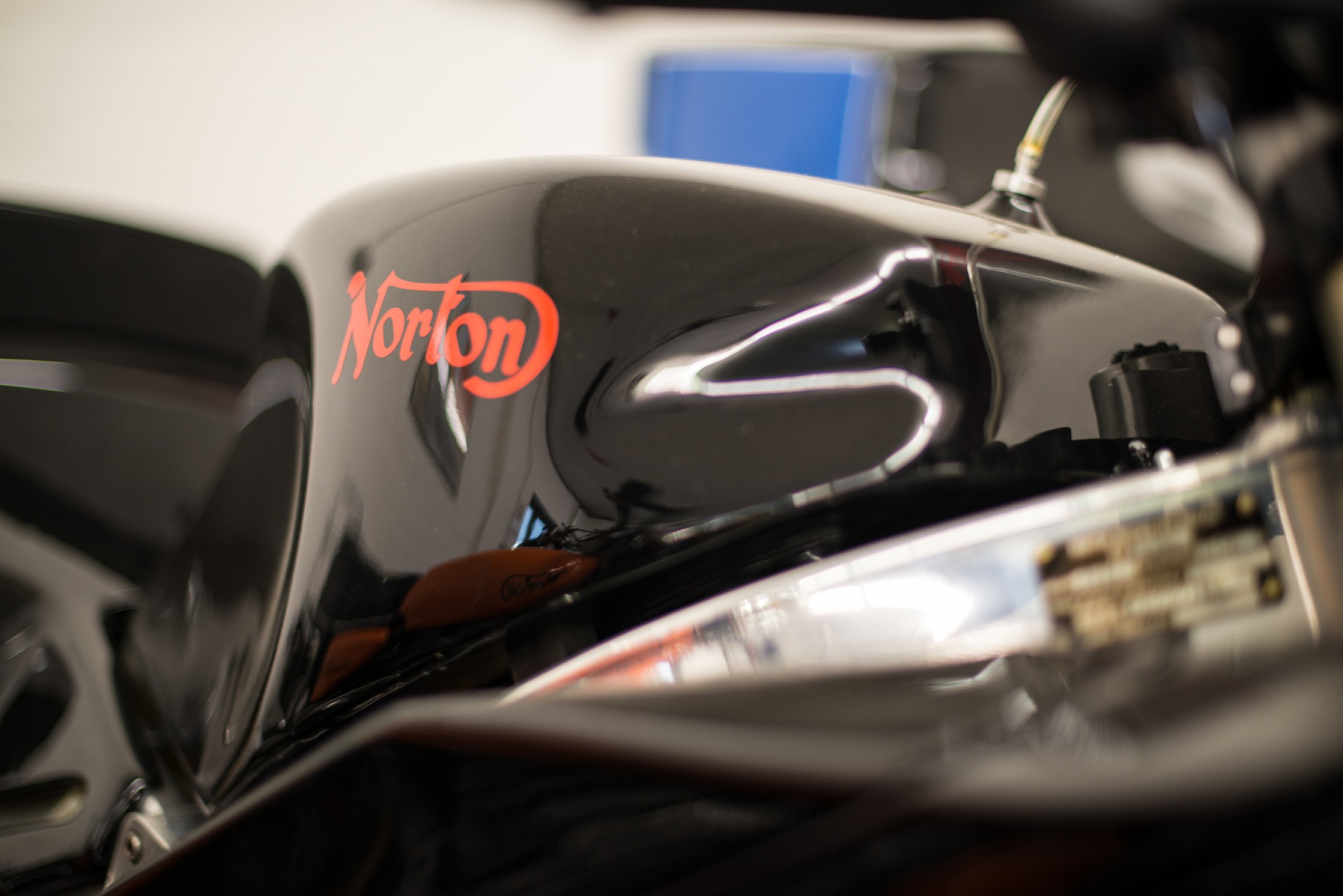Tornado
VIP MEMBER
- Joined
- Dec 5, 2017
- Messages
- 5,264
I did the front iso vernier conversion on my '74 MKII without issue and no pivoting of the engine. If you go for it, be sure to order the correct type conversion kit as the MkII frame is slightly narrower than the MKIII at the iso mounting tabs.
I also did the Dave Taylor Headsteady with MKIII suspensory spring. The original rubber type headsteady bits do fail over time but most dislike them b/c they permit too much side to side movement of the engine, no awy to adjust it. This can give poor bike handling as it tends to "hinge" the isolated rear half of bike during hard cornering. THe Upgraded steadys help reduce/eliminate that.
You need to prepare your bank account for Norton impact....I've spent more than $10,000 on my bike in first 4 years owning it and it was basically operational when I got it (have not restored it).
My advice, hold off on the shopping sprees until you've got it running and have ridden it for a few months. You'll know then what actually needs attention and whether this bike is for you.
I also did the Dave Taylor Headsteady with MKIII suspensory spring. The original rubber type headsteady bits do fail over time but most dislike them b/c they permit too much side to side movement of the engine, no awy to adjust it. This can give poor bike handling as it tends to "hinge" the isolated rear half of bike during hard cornering. THe Upgraded steadys help reduce/eliminate that.
You need to prepare your bank account for Norton impact....I've spent more than $10,000 on my bike in first 4 years owning it and it was basically operational when I got it (have not restored it).
My advice, hold off on the shopping sprees until you've got it running and have ridden it for a few months. You'll know then what actually needs attention and whether this bike is for you.


